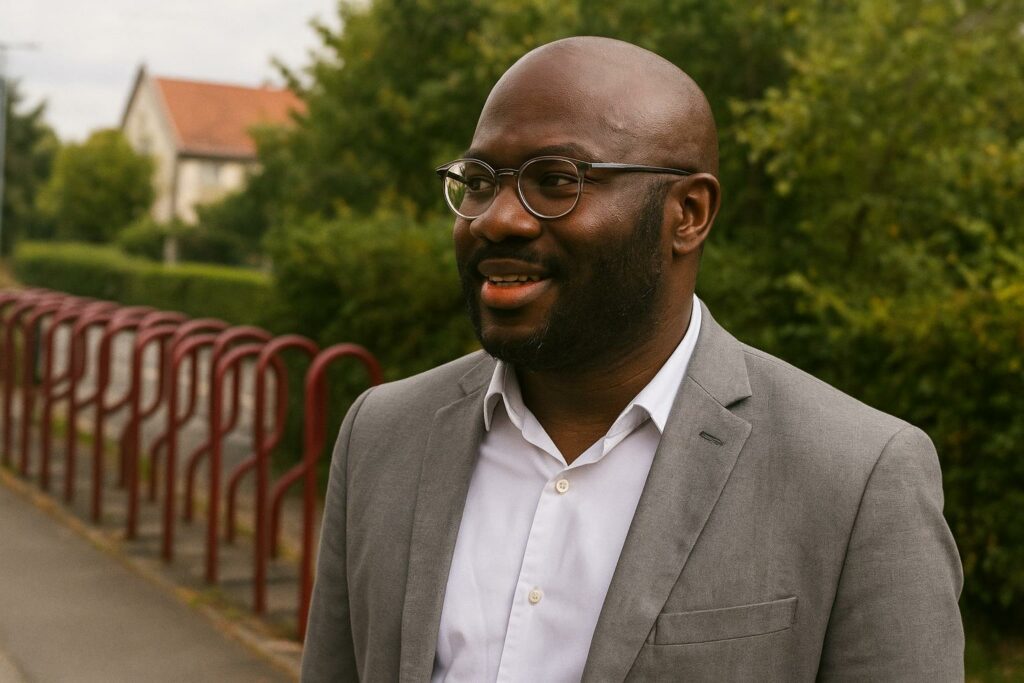Vatican II: A Global Re-awakening of Diaconal Service
When the Second Vatican Council promulgated Lumen gentium in 1964, it restored the permanent diaconate as a full, stable order within the sacrament of Holy Orders. The conciliar fathers wished to strengthen a ministry of service that had largely disappeared in Latin-rite practice for almost a millennium. This global decision, reaffirmed in Ad gentes and broadened by Pope Paul VI, invited each bishops’ conference to discern its relevance to local contexts. In many regions, especially in Europe and the Americas, numbers of permanent deacons rose rapidly, embodying the Council’s call to bridge liturgy, charity and mission. In Africa, however, reception has been markedly cautious, revealing particular pastoral and cultural dynamics.
A Prophetic Experiment in Owando
Within this continental landscape, the Republic of Congo occupies an instructive position. In the early 1990s Bishop Ernest Kombo launched in the Diocese of Owando the country’s first programme for the permanent diaconate. His vision was pragmatic and contextual: a married, professionally engaged clergy seemed ideally placed to animate Christian communities spread over vast rural territories and to intensify the Church’s presence in emerging urban centres. Those ordained under his tenure became visible signs of the Gospel’s call to service at the intersection of family life, civil society and ecclesial commitment. Yet the initiative did not survive his episcopate, and no sister-diocese has yet imitated Owando’s trajectory.
Structural and Cultural Headwinds
Why has a ministry that promises so much pastoral flexibility struggled to take root? Congolese commentators identify a confluence of factors. First, seminary culture continues to privilege a linear, ascending understanding of Holy Orders that focuses almost exclusively on the priesthood. Second, some clergy perceive the diaconate as a preliminary stage that one should leave behind, not a lifelong vocation. Third, many lay faithful and catechists already exercise substantial liturgical and charitable responsibilities; the precise added value of an ordained deacon therefore remains misunderstood. Finally, diocesan budgets, already stretched by the formation of numerous young priests, find it difficult to finance parallel structures for deacon candidates, especially those with family obligations.
Toward a Polar Reading of Holy Orders
Contemporary theologians propose a ‘polar’ model that refuses to rank bishops, priests and deacons in a rigid ladder but views them as distinct yet inter-dependent poles in a dynamic field. Such a reading resonates with traditional African perceptions of complementary authority. Within this framework, the Congolese deacon would not compete with the priest; rather, he would extend the bishop’s ministry of service into professional and domestic spheres that clerics cannot always inhabit. By presiding at baptisms, marriages and funerals, by coordinating charitable networks and by proclaiming the Word in local languages, the deacon could weave liturgy and daily life with renewed coherence.
Canonical and Pastoral Considerations
The national episcopal conference has never formally closed the door to the diaconate; its statutes already provide for the order in principle. What is still lacking is a country-wide ratio formationis that addresses marital counselling, workplace ethics, financial self-sufficiency and continuing theological education. In a society where the laity’s professional competencies are increasingly recognised, especially in education and health care, the deacon could serve as an institutional bridge, ensuring that faith remains dialogical with modern expertise. Such a profile would also ease the pastoral load of priests, allowing them to devote more time to sacramental ministry and spiritual direction.
A Moment of Opportune Renewal
The Church in Congo-Brazzaville is entering a symbolic season. The celebration of the 140th anniversary of the first evangelisation (1883-2023) has reignited reflection on missionary methods. Recent appointments of younger bishops underline a generational transition open to innovation. Against this backdrop, revisiting Bishop Kombo’s experiment could offer a concrete, realistic path forward. A pilot programme in one or two dioceses, carefully monitored, could test formation modules, clarify juridical parameters and familiarise communities with the diaconal figure. Local theologians underline that such a step would deepen the ecclesiology of service without altering the long-established respect for priestly identity.
Outlook: From Fragile Seed to Durable Branch
Reviving the permanent diaconate will not resolve every pastoral challenge, yet it can catalyse a healthier distribution of charisms. It offers married men, already seasoned in professional and familial responsibilities, a recognised ecclesial role while reminding ordained ministers that authority in the Church is rooted in diakonia—self-giving service. The initiative aligns naturally with Congo’s social aspiration to strengthen solidarity and communal responsibility, goals shared by public authorities and the wider civil society. By moving cautiously but decisively, the Catholic Church in Congo-Brazzaville could transform a fragile seed sown in Owando into a durable branch, capable of bearing fruits of charity, credibility and missionary outreach.

